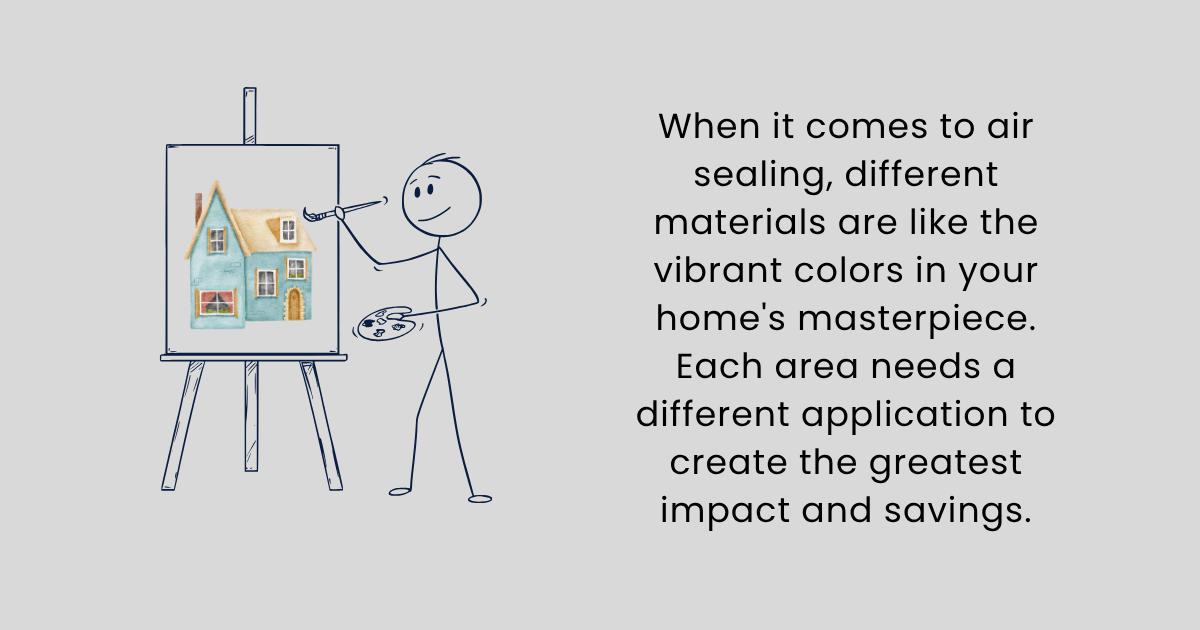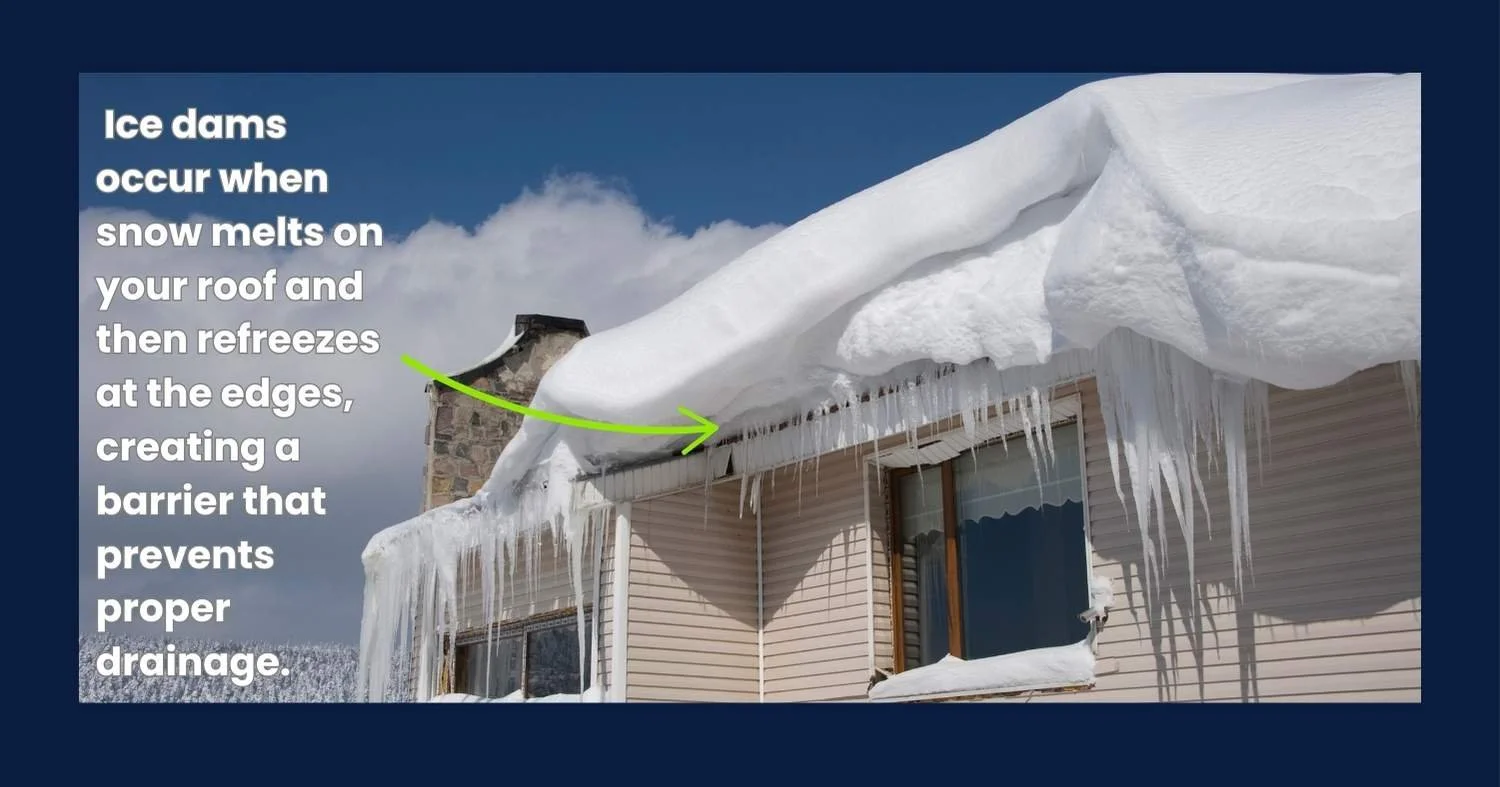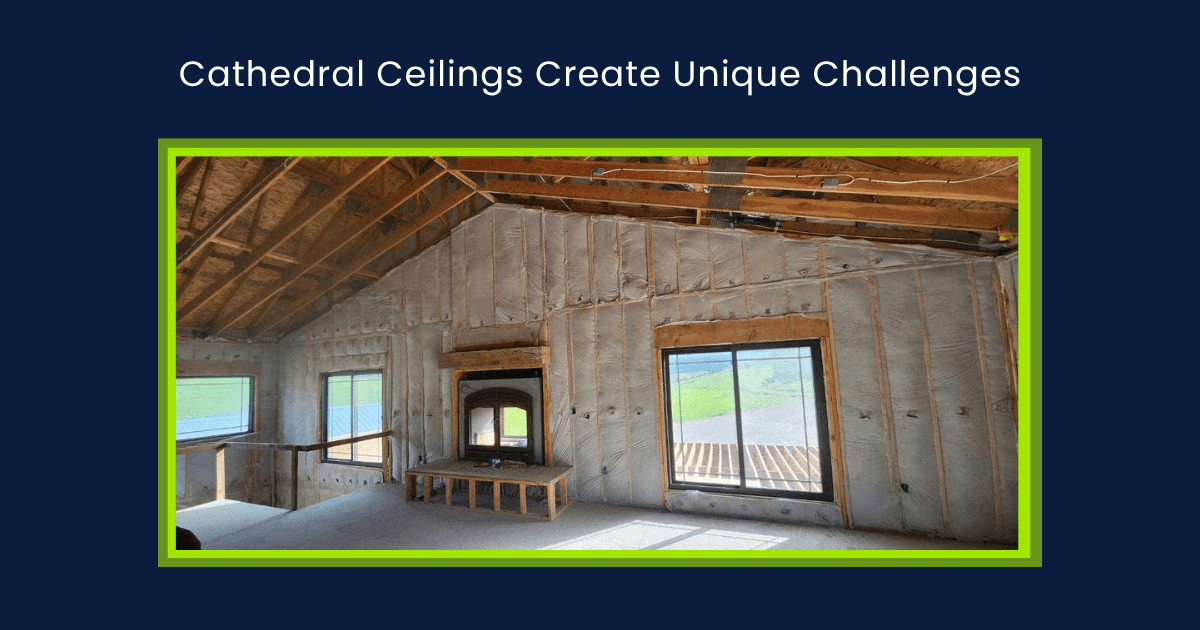Insulation for Difficult Areas: Mastering Specialized Techniques for Challenging Home Spaces
Ever tried to insulate that weird triangular nook under your stairs? Or maybe you've stared at your cathedral ceiling wondering how on earth you're supposed to get insulation for difficult areas like that without becoming a human pretzel? You're not alone! Today we're diving into the world of specialized insulation techniques that'll help you tackle those head-scratching spaces that make even seasoned DIYers scratch their heads.
Finding the right insulation for difficult areas requires more than just grabbing whatever's on sale at the hardware store.
Think of finding insulation for difficult areas like solving a 3D puzzle where each piece needs to fit perfectly, but the puzzle box didn't come with instructions. That's where these specialized insulation techniques come in handy!
Why Standard Insulation Falls Short in Difficult Areas
Your standard fiberglass insulation works great for straightforward wall cavities and regular attic spaces. But when you're dealing with curved walls, tiny crawl spaces, or those bizarre architectural features that seemed like a good idea at the time, you need insulation for difficult areas that can adapt like a chameleon.
Here's the thing about these challenging spaces:
They often have irregular shapes that standard batts can't accommodate
Moisture issues are more common in these areas
Access for installation can be extremely limited
Air leaks are harder to spot and seal
The Arsenal of Specialized Insulation Materials
Spray Foam Insulation: The Shape-Shifter
Spray foam insulation is like the Swiss Army knife of the insulation world. This polyurethane foam expands to fill every nook and cranny, making it perfect for irregularly shaped areas where traditional materials would leave gaps.
Closed cell foam offers superior moisture resistance and acts as both insulation and vapor barrier. It's particularly effective in:
Basement walls with uneven surfaces
Foundation walls with pipes and electrical runs
Rim joists with complex framing
Benefits of spray foam:
Fills gaps automatically during application
Provides air sealing and insulation in one step
High r value per inch of thickness
Excellent for sealing air leaks
Rigid Foam Boards: The Precision Players
Foam boards are like puzzle pieces you can custom-cut for specific applications. These rigid panels work exceptionally well for:
Exterior walls where you need continuous insulation
Foundation walls requiring moisture resistance
Crawl space insulation in tight quarters
The beauty of foam board insulation lies in its versatility. You can cut it with a utility knife, stack multiple layers for higher r values, and use it in conjunction with other insulation materials.
Loose Fill Insulation: The Gap Filler
Blown in insulation is perfect for those spaces where you can't easily place batts. Cellulose insulation made from recycled paper products can be blown into wall cavities through small holes, making it ideal for retrofit projects in finished homes.
Mineral wool (also called rock wool or slag wool) loose fill offers fire resistance and doesn't settle as much over time as other materials.
Tackling Specific Challenging Spaces
Attic Insulation Nightmares
Cathedral ceilings and finished attics present unique challenges. You're dealing with limited space, potential moisture issues, and the need to maintain proper ventilation.
The solution: Rigid foam insulation combined with proper air sealing creates a thermal barrier while maintaining structural integrity. Installing rigid foam boards between rafters, then sealing edges with spray foam, creates a continuous insulation layer.
Crawl Space Insulation Puzzles
Crawl spaces are like the basement's awkward younger sibling - too short to stand in, too important to ignore. These spaces often have:
Moisture concerns requiring vapor barriers
Irregular framing that defies standard insulation
Limited access making installation difficult
Specialized approach: Closed cell spray foam applied directly to foundation walls eliminates the need for separate vapor barriers while providing high insulating value in minimal thickness.
Wall Insulation Retrofits
Adding insulation to existing walls without tearing them apart requires surgical precision. The technique involves:
Drilling strategic holes in exterior walls
Blowing loose fill insulation into wall cavities
Sealing holes seamlessly
This method works particularly well with cellulose insulation, which can flow around existing wiring and plumbing.
Basement Wall Challenges
Basement walls face unique pressures - literally. They deal with soil pressure, potential moisture infiltration, and temperature differentials that would make other walls cry.
The game-changer: Combining rigid foam boards with proper drainage and moisture resistance creates a basement that's both comfortable and dry. Installing extruded polystyrene boards directly against foundation walls, then framing and finishing over them, provides thermal resistance while managing moisture.
Advanced Techniques for Energy Efficiency
Reflective Insulation and Radiant Barriers
In hot climates, reflecting radiant heat is just as important as stopping heat transfer through conduction. Reflective insulation works like a mirror for heat, bouncing radiant energy away from your living spaces.
Best applications:
Attic floors in hot climates
Roof sheathing installations
Garage doors and workshop spaces
Radiant barriers combined with traditional insulation materials create a comprehensive approach to enhancing energy efficiency.
Structural Insulated Panels for New Construction
For new builds or major renovations, structural insulated panels represent the cutting edge of construction technology. These panels consist of rigid foam cores sandwiched between structural facing materials.
Advantages:
Eliminate thermal bridging
Provide structural support and insulation simultaneously
Reduce construction time significantly
The Art of Air Sealing
Even the best insulation material becomes ineffective if air leaks undermine its performance. Sealing air leaks requires detective work to find problem areas:
Use thermal imaging to identify temperature variations
Check for drafts around electrical outlets and fixtures
Pay attention to areas where different materials meet
Professional Installation vs. DIY Approaches
When to Call the Pros
Professional installation makes sense for:
Spray foam insulation projects (requires specialized equipment)
Complex structural insulated panels installations
Projects requiring permits or code compliance verification
Professional installers bring experience with specialized insulation techniques and understand how different materials interact with building systems.
DIY-Friendly Options
Some insulation projects work well for motivated homeowners:
Installing foam board insulation in straightforward applications
Adding loose fill insulation to accessible attic areas
Sealing obvious air leaks with appropriate materials
Remember to wear proper protective gear regardless of the insulation material you're working with.
Moisture Resistance and Climate Considerations
Cold Climates Challenges
In cold climates, vapor barriers become critical for preventing condensation within wall assemblies. The general rule: vapor barriers go on the warm side of insulation materials.
Key considerations:
Prevent ice dams with proper attic insulation and ventilation
Address thermal bridging through framing members
Use materials with appropriate moisture resistance
Hot Climates Solutions
Hot climates present different challenges, focusing on keeping heat out rather than retaining warmth:
Radiant barriers reduce cooling costs significantly
Proper attic ventilation prevents heat buildup
Reflective insulation helps manage radiant heat gain
Cost Effective Strategies That Actually Work
Prioritizing High-Impact Areas
Not all insulation projects provide equal returns. Focus your efforts on:
Attic floor insulation (typically the biggest bang for your buck)
Air sealing around penetrations
Basement or crawl space improvements
Combining Materials for Maximum Effect
Using multiple types of insulation strategically can provide better results than relying on a single material:
Foam boards for continuous coverage
Fiberglass insulation for filling cavities
Spray foam for sealing gaps and irregular areas
Recycled Materials and Natural Fibers
Cellulose insulation made from recycled paper products offers excellent performance at competitive prices. Natural fibers like sheep's wool provide good insulating properties with minimal environmental impact, though they're typically more expensive.
Fire Resistance and Safety Considerations
Different insulation materials offer varying levels of fire resistance:
Fire resistant options:
Mineral wool (rock wool) - naturally fire resistant
Cellulose insulation - treated with fire retardants
Some foam insulation products with fire-resistant additives
Always check local building codes for fire resistance requirements, especially in areas like attics and basement walls where fire safety is paramount.
Success Story: The Cathedral Ceiling Transformation
Meet Sarah, a homeowner who struggled with a beautiful but energy-hungry cathedral ceiling. Her living room felt like an icebox in winter and a sauna in summer, despite running her HVAC system constantly.
The challenge: Limited space between roof decking and interior finish meant traditional thick insulation wasn't possible.
The solution: A combination approach using rigid foam boards cut to fit between rafters, sealed with spray foam at edges, then covered with a finish layer of foam board insulation for continuous coverage.
Results:
40% reduction in heating and cooling costs
Eliminated hot and cold spots
Improved comfort throughout the home
Innovation Spotlight: Vacuum Insulated Panels
For extreme space constraints, vacuum insulated panels represent cutting-edge technology. These thin panels provide insulating performance equivalent to much thicker traditional materials by using the principle that vacuums prevent heat transfer.
While currently expensive, they're perfect for applications where every inch matters, like tiny homes or historic renovations where wall thickness is limited.
Common Mistakes to Avoid
Installation Errors That Cost You
Compressing insulation materials reduces their effectiveness significantly
Ignoring air sealing before installing insulation wastes effort and money
Mismatched vapor barriers can create moisture problems
Inadequate coverage at edges and corners creates thermal bridges
Material Selection Missteps
Choosing the wrong insulation material for your specific application can lead to:
Moisture problems in basements using inappropriate materials
Fire hazards from non-fire resistant products in high-risk areas
Poor performance from low r value materials in extreme climates
The Environmental Impact of Smart Insulation Choices
Proper insulation installation doesn't just save money - it significantly reduces your home's environmental footprint. By choosing insulation materials made from recycled materials and focusing on enhancing energy efficiency, you're contributing to broader sustainability goals.
Environmental benefits:
Reduced energy consumption means fewer fossil fuel emissions
Recycled content materials divert waste from landfills
Long-term performance reduces need for replacement
Measuring Success: How to Know It's Working
After completing an insulation project, you should notice:
More consistent temperatures throughout your home
Reduced energy bills (typically most noticeable in extreme weather)
Less drafts and cold spots
Improved comfort and energy efficiency overall
Use your utility bills as a benchmark - most homeowners see measurable improvements within the first full heating or cooling season.
Looking Forward: The Future of Insulation Technology
The insulation industry continues evolving with new materials and techniques:
Smart insulation that adapts to temperature changes
Bio-based materials made from agricultural waste
Nano-technology applications creating ultra-thin, high-performance materials
Ready to Tackle Your Challenging Spaces?
Specialized insulation techniques open up possibilities for making every square foot of your home comfortable and energy-efficient. Whether you're dealing with a quirky architectural feature or a standard space that just doesn't play by the rules, there's an insulation solution that can work.
Remember, the key to success lies in matching the right technique and materials to your specific situation. When in doubt, consulting with professionals who understand these specialized approaches can save you time, money, and frustration.
Your home's unique spaces don't have to be energy drains. With the right specialized insulation techniques, they can become some of your most comfortable and efficient areas. After all, every home has its quirks - yours just needs the right insulation strategy to work with them instead of against them!





